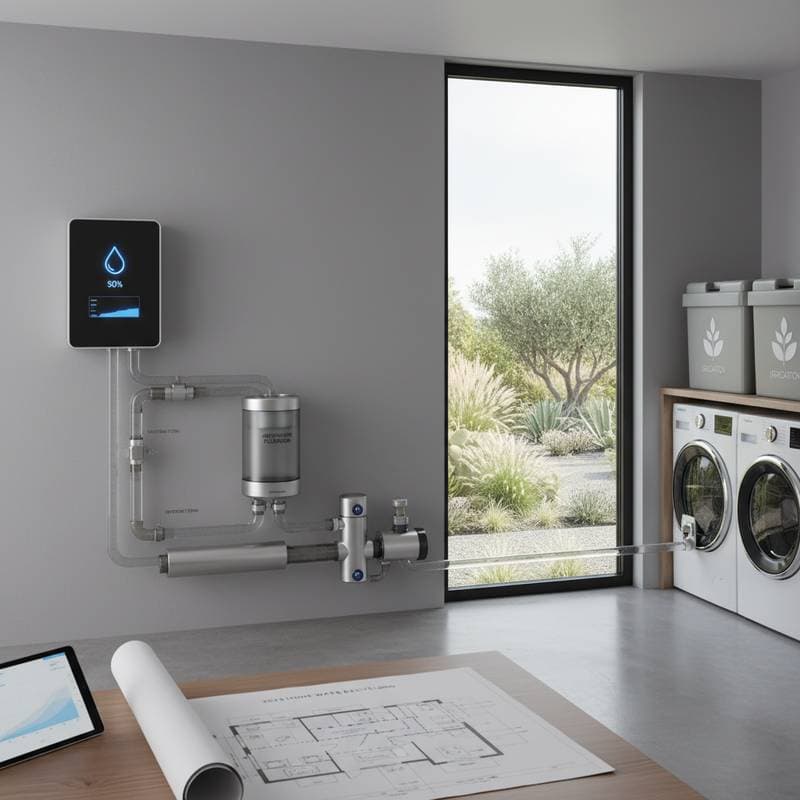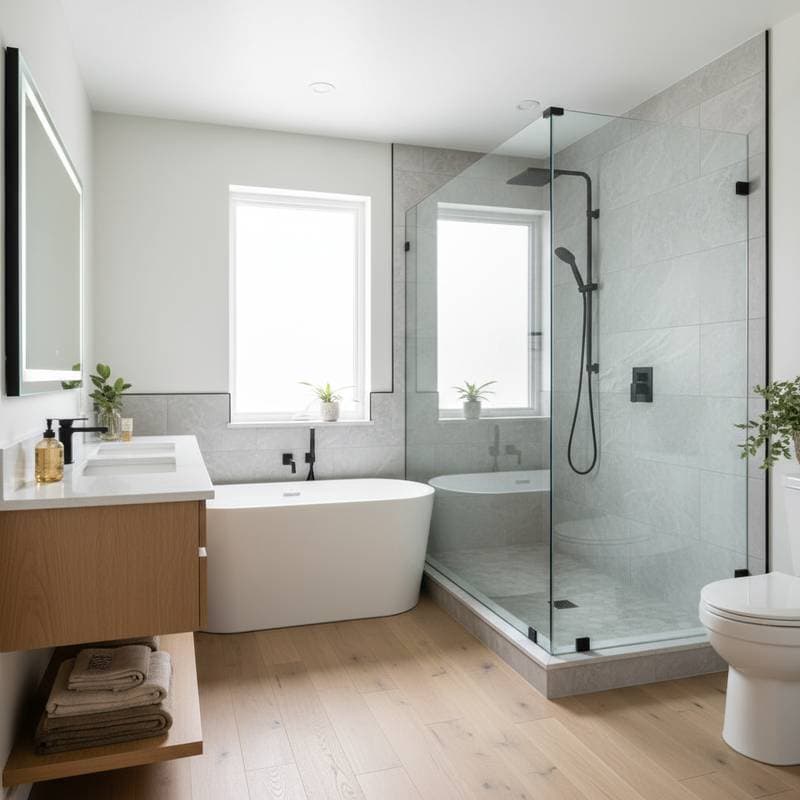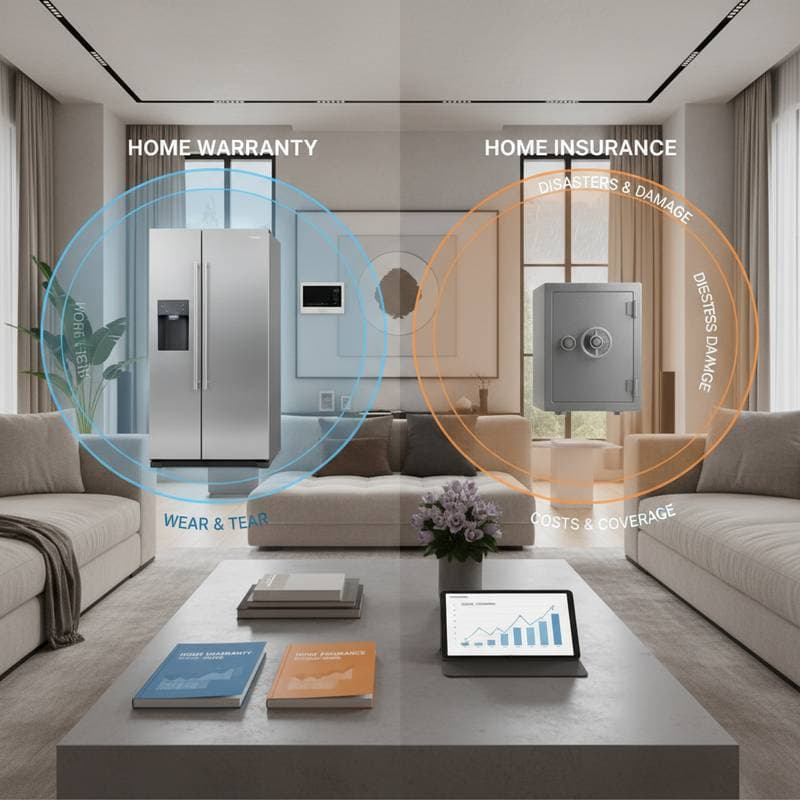Cut Water Bills in 2025: Greywater System Costs Revealed
Homeowners in arid areas seek effective methods to lower water bills while sustaining outdoor greenery without excessive fresh water consumption. Greywater systems repurpose water from sinks, showers, and laundry for irrigation or toilet flushing, emerging as a primary option. These setups can decrease overall household water consumption by up to 50 percent, influenced by home size and plumbing configuration. Grasping actual expenses, setup procedures, and upkeep requirements enables informed decisions on whether greywater integration suits a specific residence and finances.
How Greywater Systems Work
Greywater systems gather mildly contaminated water from bathroom sinks, showers, and washing machines, then filter it before directing it to storage or irrigation networks. Kitchen sinks and toilets remain excluded due to elevated bacteria and organic waste levels. The treated water subsequently irrigates lawns, gardens, or trees, thereby diminishing reliance on drinking-quality water.
Two primary system varieties exist. Direct systems channel greywater straight to exterior irrigation with basic treatment, suiting compact yards or single-level dwellings. Complex systems incorporate tanks, advanced filters, and pumps for processing and storing water, allowing versatile applications such as toilet replenishment. These prove advantageous for expansive properties or homes featuring diverse plumbing areas.
Cost Breakdown for Greywater Systems
Expenses for greywater systems fluctuate based on sophistication and intended function. Fundamental units redirecting laundry water to gardens range from $700 to $2,000, encompassing materials and expert installation. Comprehensive whole-house configurations with filtration, pumping, and subsurface irrigation linkages span $4,000 to $10,000 or higher.
Key pricing influencers include:
- System Scale: Bigger residences demand extended piping, stronger pumps, and greater storage volumes.
- Setup Difficulty: Properties with readily accessible plumbing minimize labor expenses.
- Filtration Method: Basic screen filters cost less than advanced multi-phase units featuring ultraviolet disinfection.
- Regional Regulations: Certain locales mandate permits or evaluations, inflating total outlay.
- Irrigation Demands: Drip lines, buried conduits, and ground composition shape design and expenditure.
Sustainability enthusiasts on online forums report constructing DIY laundry-to-landscape systems below $1,000 with code-compliant parts. Conversely, professional installations incorporating automated controls and monitoring can climb to $12,000, providing superior durability and regulatory adherence.
Installation and Labor Considerations
Licensed plumbers typically handle greywater installations to reroute drain lines without risk. Small-scale projects conclude in one to two days. Extensive systems involving tanks and pumps may extend to a week, contingent on terrain and site accessibility. Labor fees generally fall between $800 and $3,000, varying by local wages and task intricacy.
Experts advise timing installations prior to significant yard modifications. Such sequencing prevents repeated excavation and facilitates seamless irrigation incorporation. Many owners pair greywater projects with complementary enhancements, like rainwater collection, to consolidate and cut overall labor charges.
Maintenance and Upkeep
Greywater systems demand regular care to maintain performance and hygiene. Clean or replace filters every three to six months, and flush tanks to clear accumulated debris. Biological filters occasionally require renewal to sustain efficacy. Select plant-safe, biodegradable cleaners to prevent adverse effects on irrigated vegetation.
Annual professional maintenance incurs $100 to $300. Simpler systems allow self-servicing, while intricate filter arrays warrant specialist intervention. Ongoing checks confirm adherence to community health and safety protocols.
Return on Investment
Financial benefits hinge on regional water tariffs, consumption habits, and system scope. Average families achieve 25 to 50 percent reductions in public water supply, yielding yearly savings of $200 to $600. These gains recoup initial investments over time, particularly in high-cost or water-scarce zones.
Various states and cities provide incentives like rebates or tax deductions for greywater adoption. Review utility initiatives prior to proceeding to trim preliminary expenses. One documented example from a plumbing specialist highlights a resident in a dry climate who curtailed landscape watering by 40 percent in the first half-year post-installation.
When to Hire a Professional
DIY approaches fit straightforward, single-source applications such as laundry diversion to gardens. Intricate networks linking multiple sources, advanced treatments, or sanitary fixtures necessitate professional oversight. Faulty setups risk contamination through backflow or regulatory breaches. Qualified plumbers guarantee secure linkages, adequate backflow safeguards, and full code conformity.
Select contractors versed in greywater engineering or eco-friendly plumbing. Insist on comprehensive quotes detailing components, workforce, approvals, and care guidelines.
Preventing Future Issues
A thoughtfully engineered greywater system delivers long-term reliability. Preserve functionality by testing water purity, servicing filters promptly, and choosing salt-tolerant plants paired with eco-friendly detergents. Steer clear of chlorine-based products or potent cleaners that degrade soil vitality. Address unusual smells or flow diminutions by inspecting for blockages in filters or pumps.
Consistent evaluations, alongside mindful consumption practices, sustain efficiency and legality. This integration yields ecological advantages and tangible utility reductions. Greywater adoption stands as a viable step toward enduring sustainability, ideal for water-stressed locales or cost-conscious households preserving verdant surroundings.





